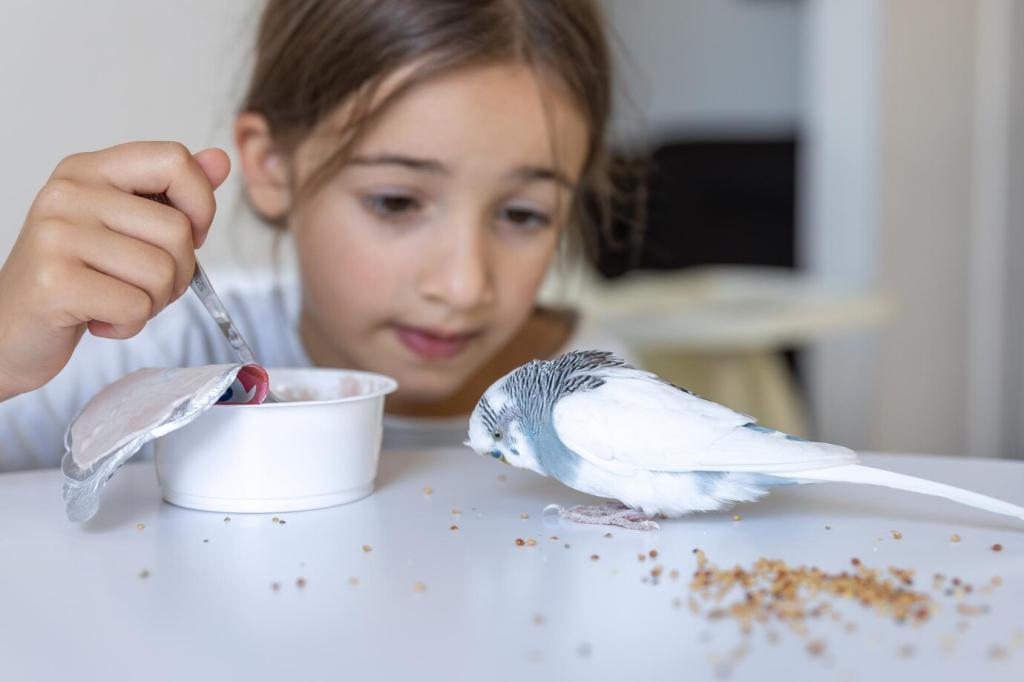Decoding Identification: The Core Field Marks That Matter
Train your eye using silhouettes in your field guide: body length, tail shape, neck thickness, and bill length. These consistent proportions often outperform color. Practice during dusk when silhouettes challenge your instincts and sharpen essential skills.
Decoding Identification: The Core Field Marks That Matter
Your guide’s plates show wingbars, supercilia, throat patches, and molt stages across seasons. Note how juveniles soften patterns while breeding adults intensify them. Understanding molt cycles becomes a cornerstone of confident identification essentials.




